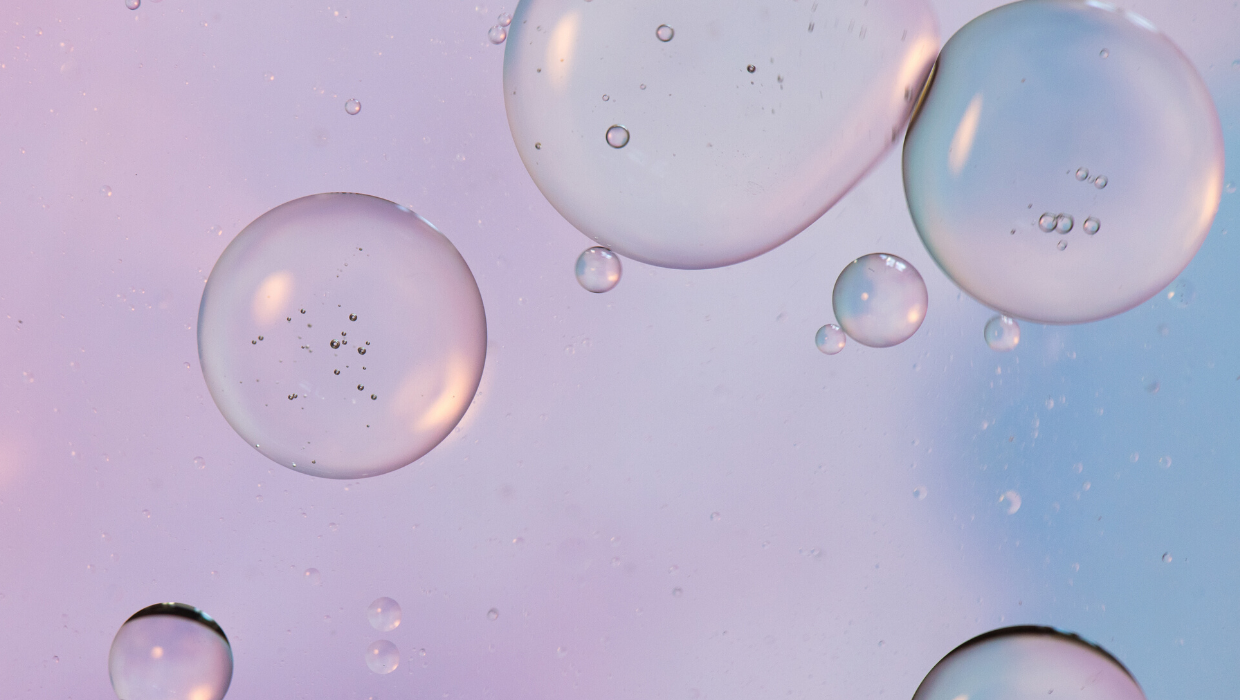How Much Alcohol is in Your Hand Sanitizer?

It is important to read labels when purchasing your hand sanitiser because not all products are created equal, some are less effective because their alcohol concentrations are too low. Key to a good sanitiser is the percentage of alcohol or ethanol within the formulation.
The U.S. CDC or Center for Disease Control and Prevention recommends hand sanitisers with an alcohol % of at least 60 for use in locations where soap and water washing are not possible. Most experts agree that an alcohol % that typically ranges from 60 to 95 percent is required to effectively disinfect hands.
The Gold Standard Sanitizer
However, for sanitisers that are intended to be used against the COVID-19 Coronavirus the World Health Organisation and experts alike, recommend the gold standard is a sanitiser with 70–80 percent alcohol/ethanol— the level required to effectively kill the virus if it is on your hand.
Not too High, Not too Low
You would think alcohol solutions with a higher percentage would be more powerful at killing germs on your high-touch items like phones and doorknobs, right? A lower percent-alcohol means there’s more water diluting the mix in the bottle. But according to microbiology, 70 percent alcohol is probably more effective than 91 percent for disinfecting—depending on what kind of germs you’re trying to kill.
Solutions > 70%
We at Bright Lab Sydney have determined the percentage of alcohol that works the most effective in our product formulations is 70%. This is because research shows that formulas with alcohol concentrated at 70% has the optimal amount of water in it to allow it to penetrate the cell membrane more completely which permeates the entire cell, coagulates all proteins, and therefore the microorganism dies.
The presence of water is a crucial factor in destroying or inhibiting the growth of pathogenic microorganisms with alcohol. Water acts as a catalyst and plays a key role in denaturing the proteins of vegetative cell membranes. Extra water content slows evaporation, therefore increasing surface contact time and enhancing effectiveness. 70% alcohol is just the right proportion of water and alcohol to zap the entire cell.
Solutions > 91%
Basically, a 90 or 91 percent alcohol solution is too powerful in some cases: It fries the outside of the cell before it can get into the inside and kill the actual germ.
In addition, sanitisers with a percentage above 90 still kill bacteria (and quite well), but dry much faster due to low water content and increased evaporation that occurs with higher alcohol percentages. Thereby, these solutions require longer contact times for disinfection. So if you're not in contact with the solution for long enough, it can actually enable spores to lie in a dormant state without being effectively killed (yikes!).

How to Tell If the Hand Sanitiser You’re Buying Is Safe and Actually Works?
When shopping for a hand sanitiser, look for products with government safety labels and look for products containing at least 70% safe ethanol alcohol such as denatured alcohol. The sanitiser label should list all ingredients and any warnings.
Alcohol and ethanol are natural by-products from the fermentation of sugars and yeasts or by a petrochemical process. The alcohol used in most sanitisers have denatured, rendering the product more bitter and less appealing to ingest, particularly for young children. However, still be careful to keep it away from children when unattended as it is not meant for human consumption and can be dangerous if ingested.
In any case, it’s important to focus on hygiene practices like thorough hand washing (20 seconds of scrubbing each time!) and targeted hygiene (regularly disinfecting high-traffic hand-contact areas in your home, especially if someone sick has touched them).
The safe use of hand sanitiser is important. The CDC advises people to apply hand sanitiser to the palm of one hand and then rub the sanitiser over all the surfaces of both hands until the product is dry. It is important to note not wipe the product off, but to let it dry as this is the crucial time needed for the sanitiser to effectively disinfect the surface of your skin before drying.
Stay healthy!
